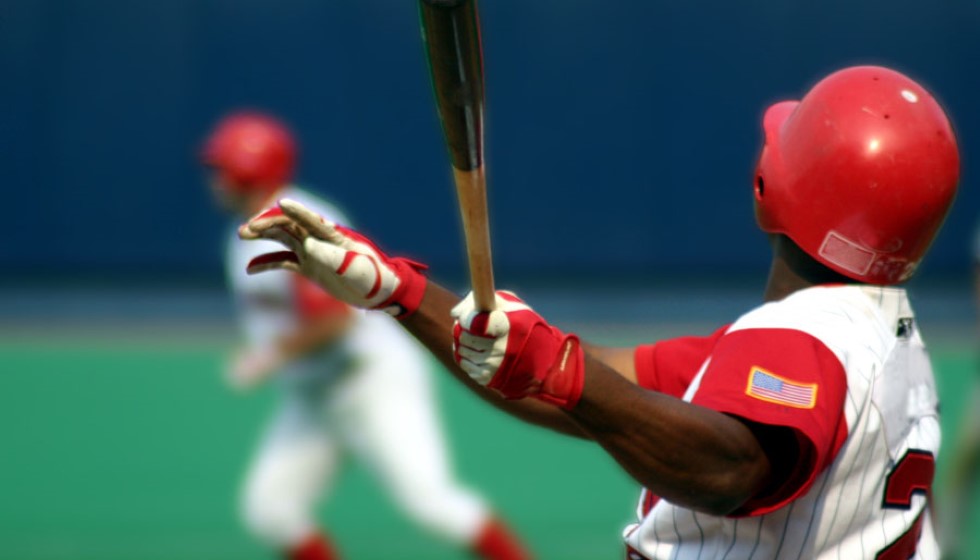
Major League Baseball's Next Big Experiment: The Strike Zone Challenge System
As Major League Baseball (MLB) continually seeks to enhance the game, a new technology-driven approach is set to make its way to the spring training fields next year. The league will be testing a strike zone challenge system, an innovative initiative that could change the dynamics between players, umpires, and game dynamics. This system aims to marry technology with traditional umpiring, offering a middle ground between human judgment and automated accuracy.
This exciting development isn't entirely new to professional baseball. The strike zone challenge system has already seen action in minor league settings, particularly in Triple-A games, where its reception and effectiveness have been observed over time. The key feature of this system is its capacity to offer each team three opportunities per game to contest calls made by the home-plate umpires. It's a system designed not just to contest but to verify and enhance accuracy with advanced technology.
Evolution Through Technology
One of the critical facets of this endeavor is how challenges are initiated. Players can signal a challenge by patting the side of their helmets, integrating a bit of theatrical simplicity into the high-stakes decision-making process on the field. The technology employed for these challenges promises precise verification, potentially increasing the transparency and trust in disputed calls. This could lead to fewer on-field disputes and more clarity on decisions that can impact the outcome of a game.
The development and implementation of the strike zone challenge system come after extensive consultations and feedback gathering. According to players consulted by MLB Commissioner Rob Manfred, the preference for this system over a fully automated solution was overwhelming. It illustrates a broader consensus among players for a system that respects the human element of the game while embracing the benefits of technology.
Testing the Waters at the Major League Level
Commissioner Rob Manfred has confirmed that there will be a trial run at the Major League level during spring training, stating, "There’s going to be a test at the Major League level during spring training next year. We're going to test the challenge system with big-league players." This acknowledgment marks a significant step forward in the league's exploration of integrating novel technological solutions into its regular operations.
Spring training serves as the perfect testing ground for such innovations, allowing MLB to gauge the system's effectiveness and reception among its top-tier players. It will also enable the league to iron out any practical kinks that might arise when integrating such a system alongside existing rules and game flow.
The Potential for a League-Wide Revolution
Should these trials prove successful, this system might transition from a spring experiment to a permanent fixture in the regular season. It represents a potential evolution in how the game is officiated, balancing the esteem of umpiring tradition with the accuracy of modern technology.
This move is part of MLB's broader strategy to modernize the game and enhance the experience for players and fans alike. The challenge system offers a compromise over complete automation, which has been a point of contention in debates over the future of officiating in baseball.
Players' endorsement of the challenge system highlights a shared vision of preserving the human aspect of umpiring while leveraging technology to assist them in making the most accurate calls possible. Such advancements remind us that baseball, with its rich history and tradition, is still a sport willing to evolve and adapt in line with technological progress.
As the spring training trials approach, the baseball community will be watching closely. How teams utilize their challenges, the system's impact on game time, and, crucially, its role in crucial game moments will be critical points of analysis. What emerges from these tests could lead to a significant shift in how America's pastime is played and officiated at the highest level.